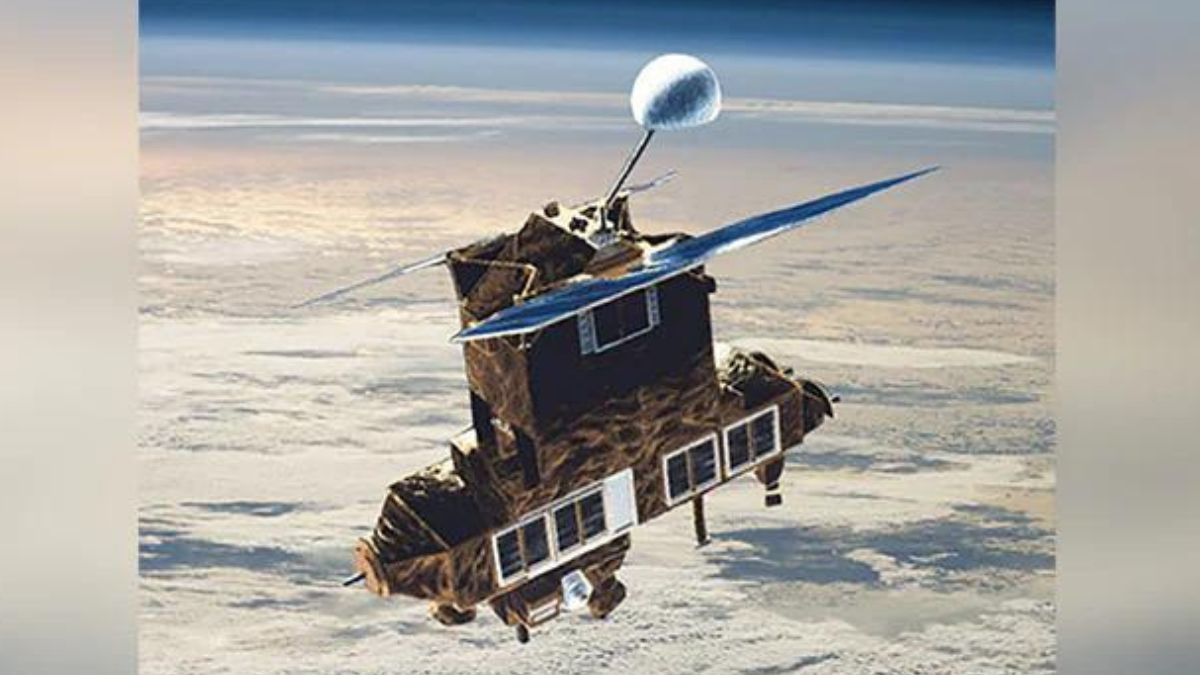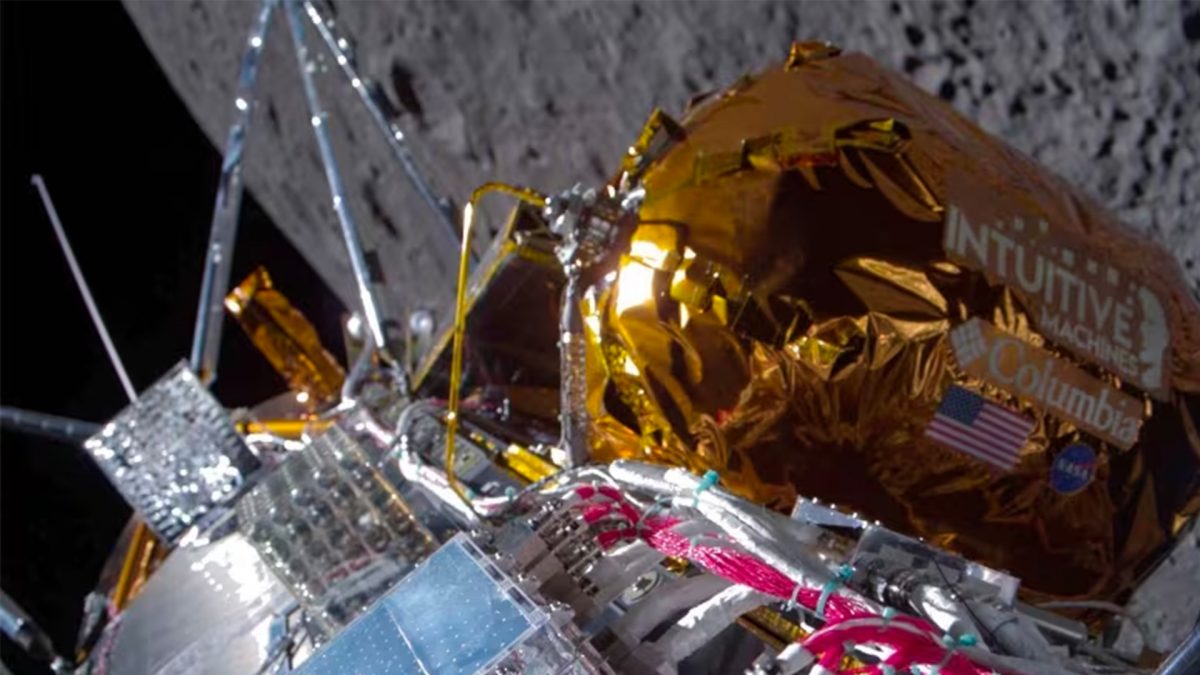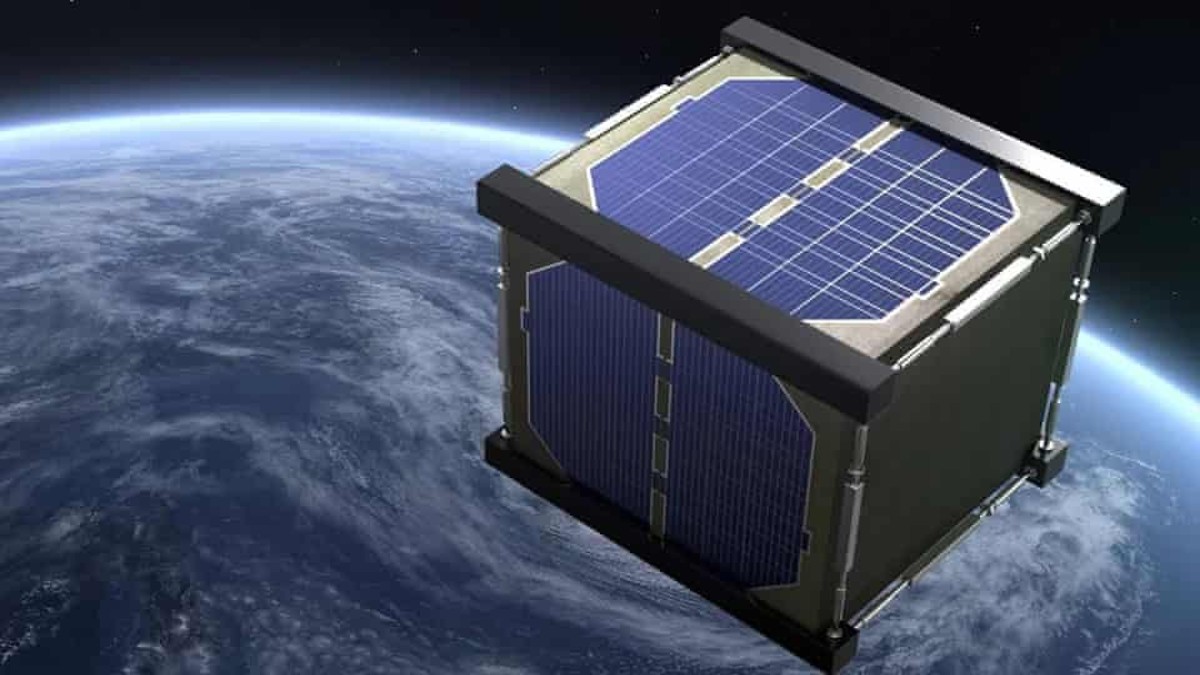On 22 February, Nasa announced the discovery of seven earth-sized exoplanets in orbit around an ultracool dwarf star just 40 light years away from Earth. Since December 2016, Nasa’s Kepler space telescope has been observing the system. The observation period is designated as the K2 Campaign 12 and monitored the region in the sky continuously for almost 72 days. Nasa has now made the unprocessed data available to the scientific community.
Geert Barentsen, K2 research scientist at Nasa’s Ames Research Center at Moffett Field, California said “Scientists and enthusiasts around the world are invested in learning everything they can about these Earth-size worlds. Providing the K2 raw data as quickly as possible was a priority to give investigators an early look so they could best define their follow-up research plans. We’re thrilled that this will also allow the public to witness the process of discovery.”
The raw data will help scientists submit proposals for future earth-based observation campaigns by other telescopes. The Trappist-1 system has piqued the interest of researchers and the general public as three of the planets are in the habitable zone of the star, where conditions are suitable for life. With the right conditions, all the seven systems on the planet can potentially have liquid water on the surface, a prerequisite for life as we know it on Earth.
Initially, the telescope was scheduled to study a region of space that would just miss observations of the Trappist-1 system. The campaign was modified and the telescope was turned towards the Trappist-1 system, which is located in the Aquarius constellation.
Michael Haas, science office director for the Kepler and K2 missions at Ames says “We were lucky that the K2 mission was able to observe Trappist-1. The observing field for Campaign 12 was set when the discovery of the first planets orbiting Trappist-1 was announced, and the science community had already submitted proposals for specific targets of interest in that field. The unexpected opportunity to further study the Trappist-1 system was quickly recognized and the agility of the K2 team and science community prevailed once again”
The discovery of seven earth sized exoplanets is a major step forward in the search for extraterrestrial life forms. While the system cannot be directly imaged from even the most powerful telescopes, future observation campaigns could allow scientists to find signs of ozone, methane, oxygen or carbon dioxide on the planets. The presence of these gases are potential indicators of life on the surface of the planet. The James Webb space telescope that Nasa is preparing for launch is one of the scientific instruments that is going to study the Trappist-1 system for signs of life.


)




)
)
)
)
)
)
)
)